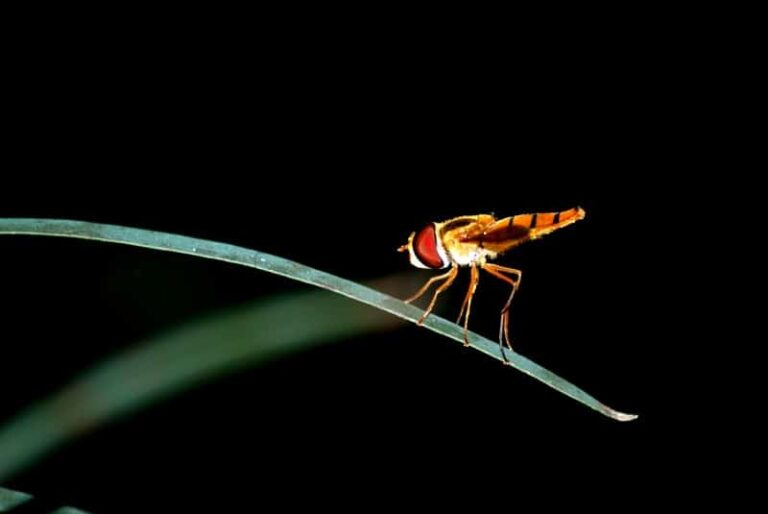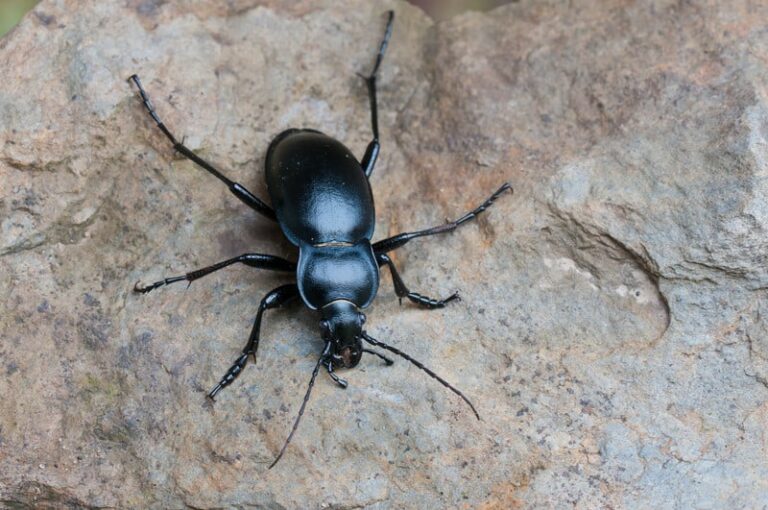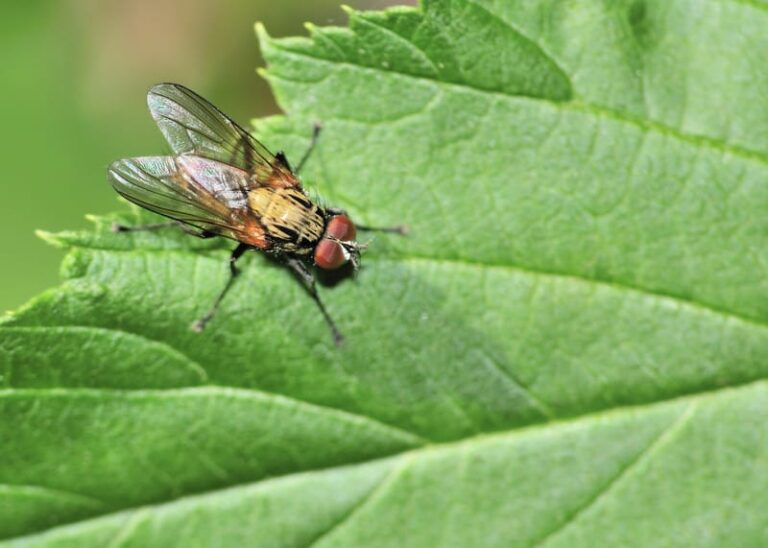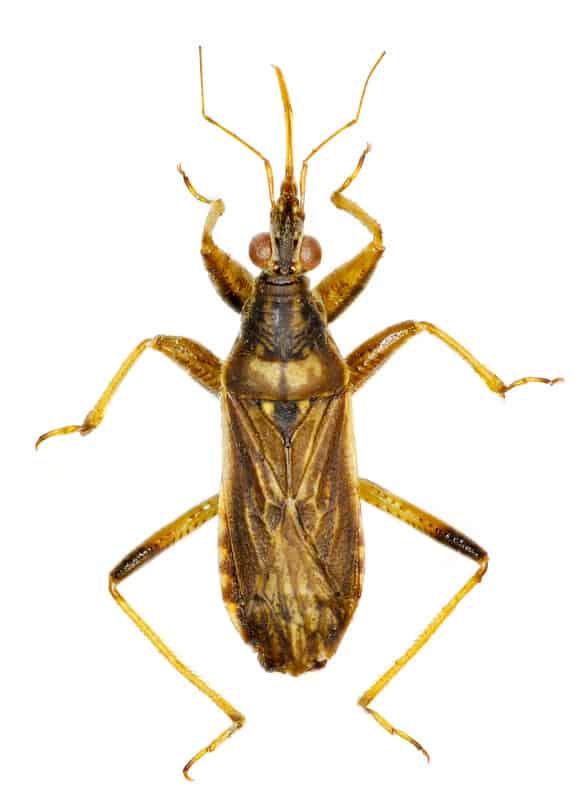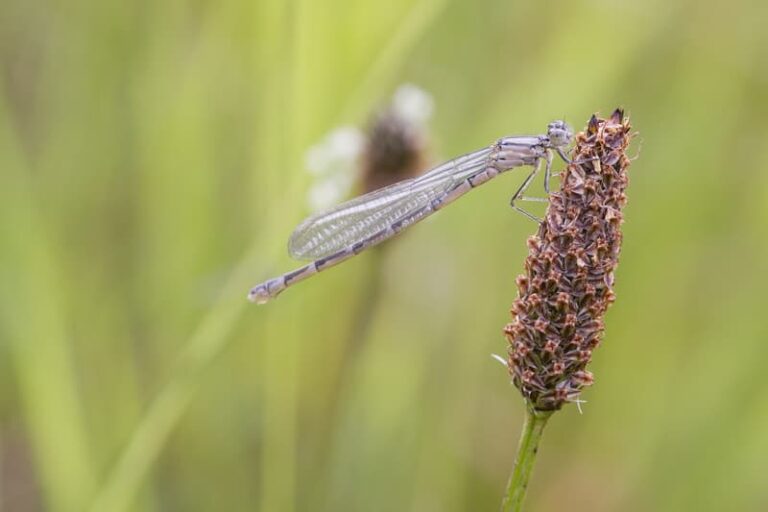Hover Fly Beneficial Insect
The hover fly is a beneficial insect. It is also called the syrphid fly and sometimes the flower fly.
Adult hoverflies are pollinators. They are often seen hovering like hummingbirds over flowers as they drink nectar. Adult hover flies do not feed on pest insects.
Hover fly larvae do feed on pest insects. They eat many species of aphids. They also eat young cabbage worms and other caterpillars and mealybugs.
The hover fly belongs to the scientific family Syrphidae.
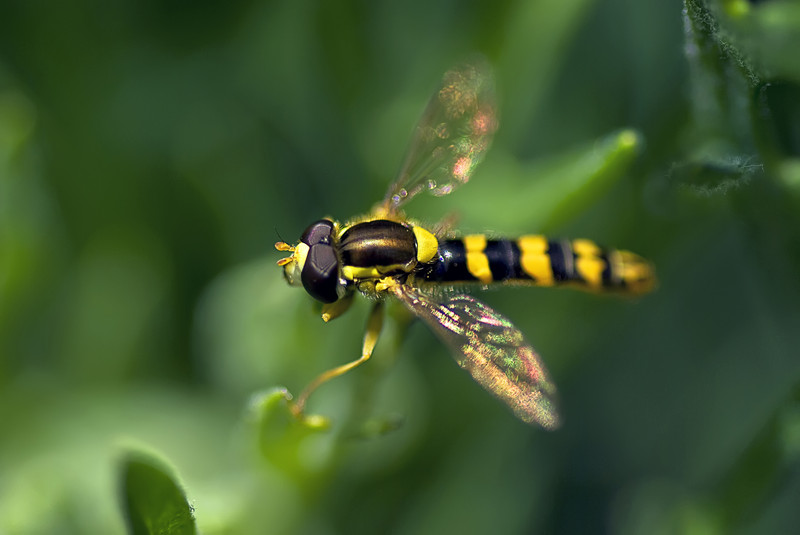
How to identify the hover fly
Adult hover fly resemble small wasps. They have yellow- or white-and-black striped abdomens and are ¼ to ½ inches long.
Hover fly larvae are small gray or greenish slug-like maggots.
Hover fly life cycle
Female hover flies lay eggs on plants, usually plants infested with aphids. The eggs are white cylinders laid singly or in small groups. Eggs hatch in two to three days. The larvae feed on aphids for three to four weeks then drop to the soil to pupate. Adults emerge after two weeks.
There are typically three to seven generations of hover flies each year. The pupae overwinter in the soil or garden debris and then emerge in spring.
How to attract hover flies to the garden
Attract hover flies to the garden by planting nectar-rich flowers: alyssum, Aster, Coreopsis, cosmos, daisies, dill, fennel, feverfew, lavender, marigolds, mint, statice, sunflowers, wild mustard, and zinnias. Try to ensure that nectar and pollen-rich plants are always in bloom from spring through autumn.
Related articles:
Vegetable Garden Beneficial Insects
Vegetable Garden Organic Pest Control
Vegetable Garden Diseases Problem Solver
Vegetable Garden Organic Weed Control
Garden Planning Books at Amazon:
- Vegetable Garden Almanac & Planner
- Kitchen Garden Grower’s Guide Vegetable Encyclopedia
- Vegetable Garden Grower’s Guide
- Tomato Grower’s Answer Book


